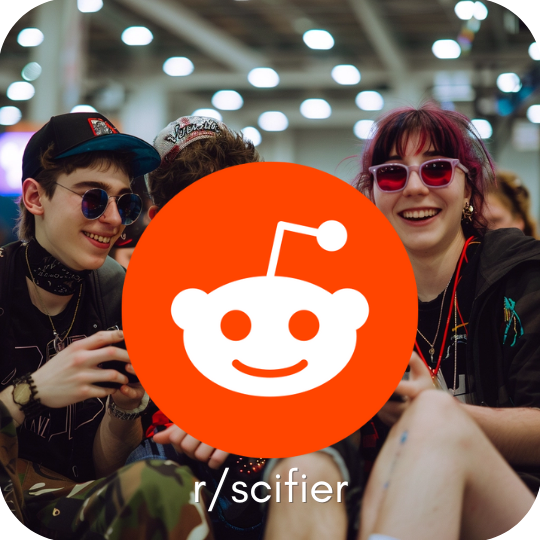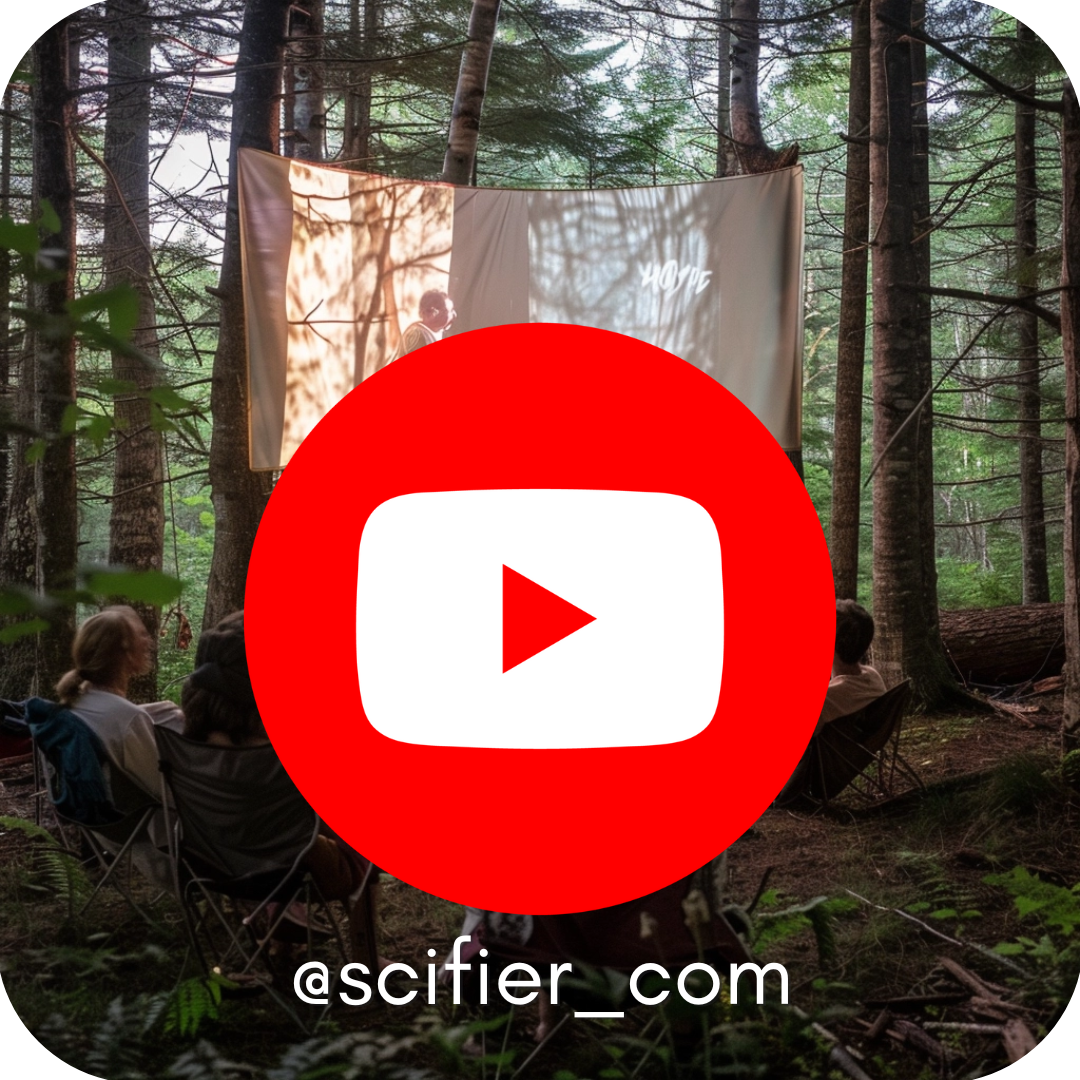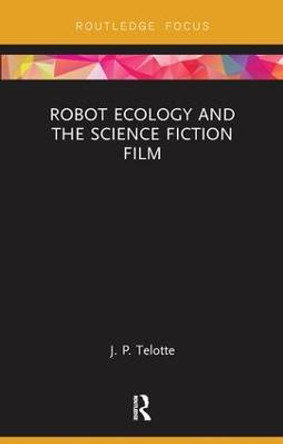Description
While film and television seem to be closely allied screen media, our feature films and television series have seldom been successfully adapted across those screens. In fact, rather than functioning as portals, those allied media often seem, quite literally, screens that filter out something that made the source work so popular in its original form. Differences in budget, running times, cast, viewing habits, screen size and shape all come into play, and this volume's aim is to track a number of popular texts in the course of their adaptive journeys across the screens in order to sketch the workings of that cross-media adaptation. For its specific examples, the volume draws on a single genre-science fiction-not only because it is one of the most popular today in either film or television, but also because it is arguably the most self-conscious of contemporary genres, and thus one that most obviously frames the terms of these technological adaptations. The essays included here mine that reflexive character, in both highly successful and in failed efforts at cross-media adaption, to help us understand what film and television achieve in screening science fiction, and to reveal some of the key issues involved in all of our efforts to navigate the various screens that have become part of contemporary culture.
About the Author
J. P. Telotte is a professor of literature, communication, and culture at Georgia Tech. Co-editor of the journal Post Script, he has published widely on film and television studies. His most recent books are The Mouse Machine: Disney and Technology, The Essential Science Fiction Television Reader, and Animating Space. Gerald Duchovnay is professor of English and film at Texas A&M University-Commerce.
Book Information
ISBN 9780415887199
Author Jay Telotte
Format Hardback
Page Count 242
Imprint Routledge
Publisher Taylor & Francis Ltd
Series Routledge Research in Cultural and Media Studies
Weight(grams) 610g
Details
Subtitle: |
Across the Screens |
Series: |
Routledge Research in Cultural and Media Studies |
Imprint: |
Routledge |














